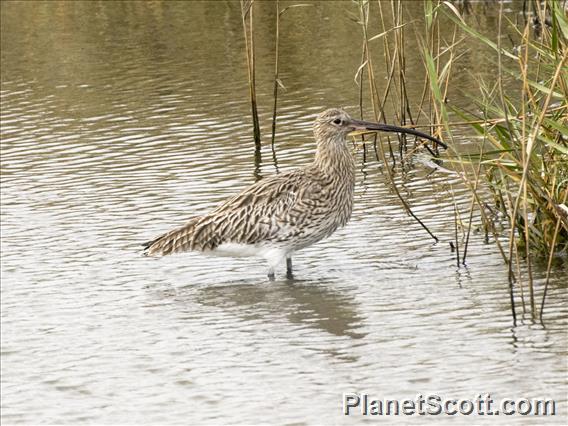Eurasian Curlew (Numenius arquata)

Eurasian Curlew (Numenius arquata)
×


Eurasian Curlew (Numenius arquata)
About Eurasian Curlew (Numenius arquata)
- Kingdom: Animals
- Phylum: Chordates
- Class: Birds
- Order: Pelicans
- Family: Sandpipers and Allies
The Eurasian curlew or common curlew is a very large wader in the family Scolopacidae. It is one of the most widespread of the curlews, breeding across temperate Europe and Asia. In Europe, this species is often referred to just as the "curlew", and in Scotland known as the "whaup" in Scots.
Source: Wikipedia
Visits
-
2003-01-05
West Coast National Park, South Africa -
-
-
-
-
-
-
-
-
-



